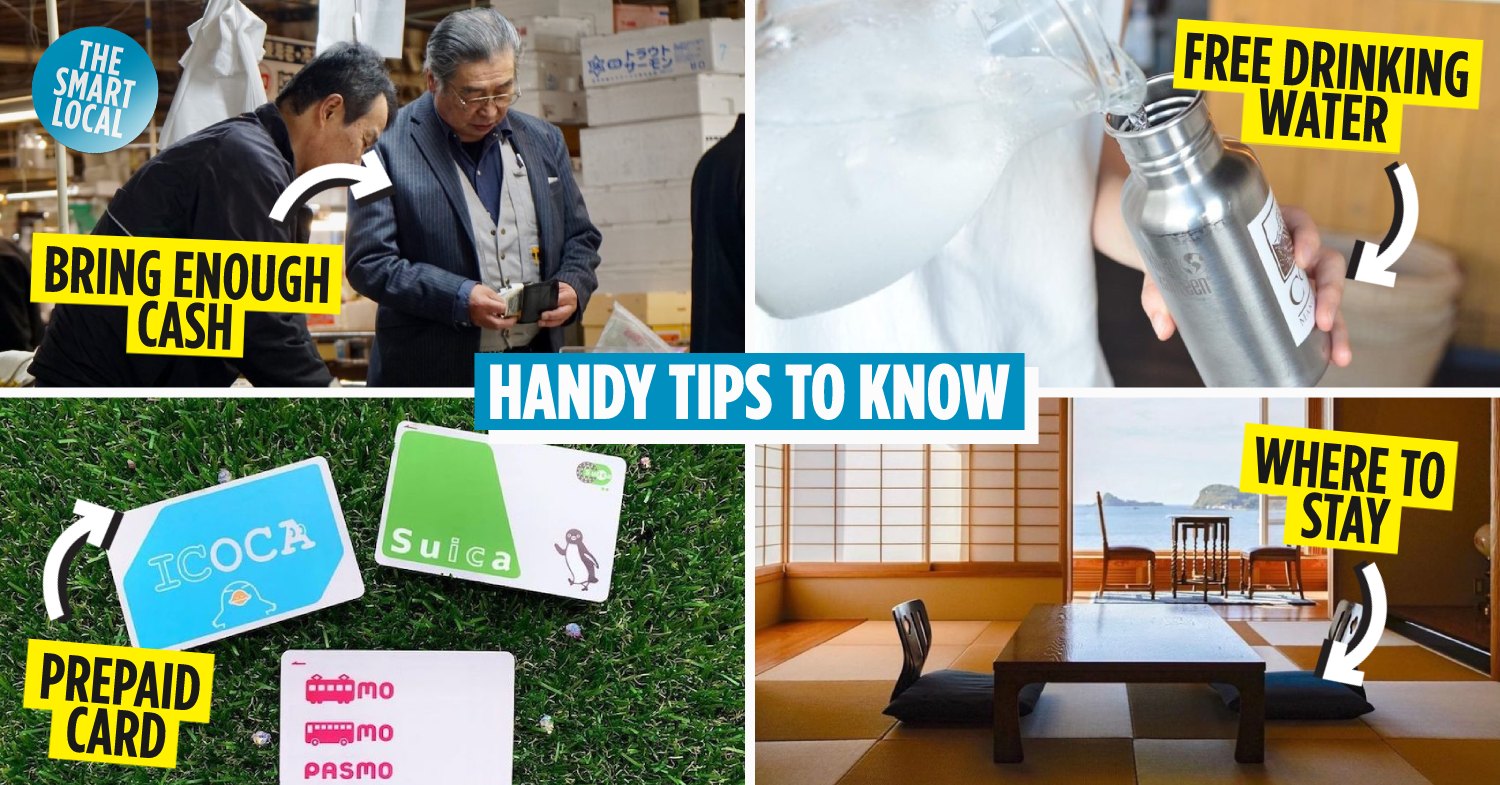Japan travel tips to know
Japan may be a favourite destination for many, but for the novice traveller, it can be a confusing – even intimidating – uncharted territory. To help even the most clueless traveller along, here’s a rundown of useful Japan travel tips you should know to make the most out of your trip.
1. Prepare enough cash
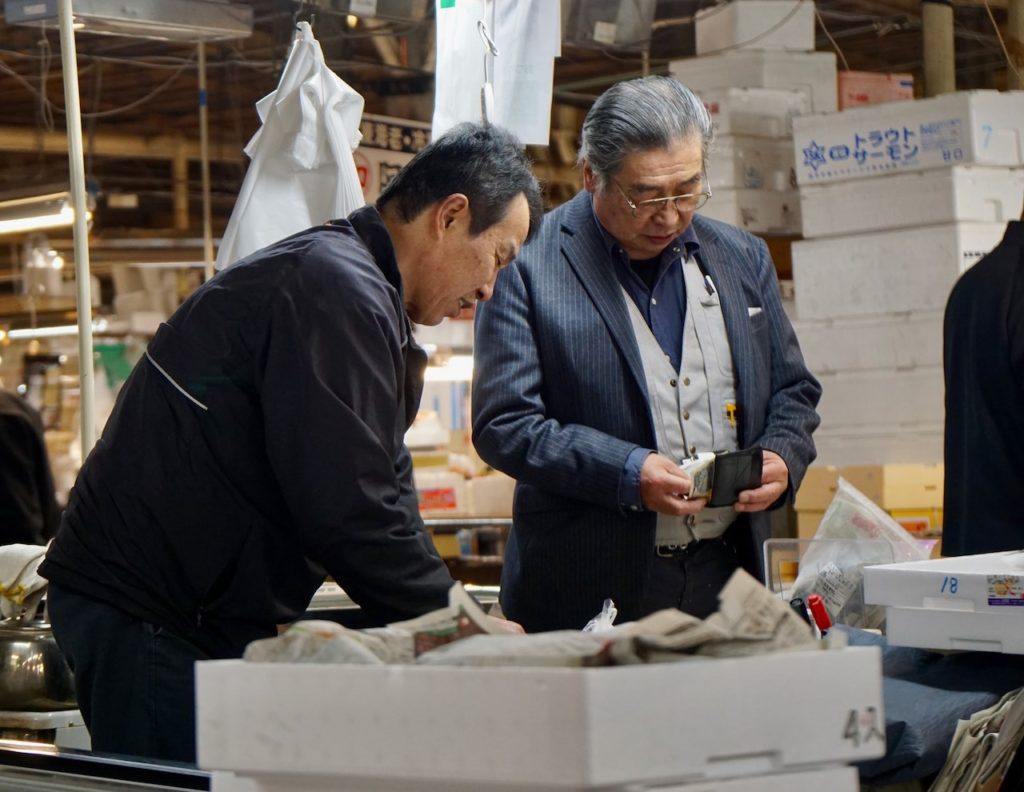
Image credit: Beth Macdonald
Despite its technological advances in past decades, Japan is still by and large a cash-based society. Cash is king in the country, which means that most places – apart from select establishments and tourist-friendly chain stores – don’t accept credit cards. You’d be better off preparing enough Japanese yen to spend during your trip.
The average tourist will spend at least ¥5,000 (~USD47.84) per day, excluding accommodation and transportation costs, so use this as a rough guide. If you find yourself running out of cash, just pop by the nearest convenience store to withdraw money from their ATMs. Do note that there will be a small fee incurred for each transaction.
2. Bring along a coin pouch
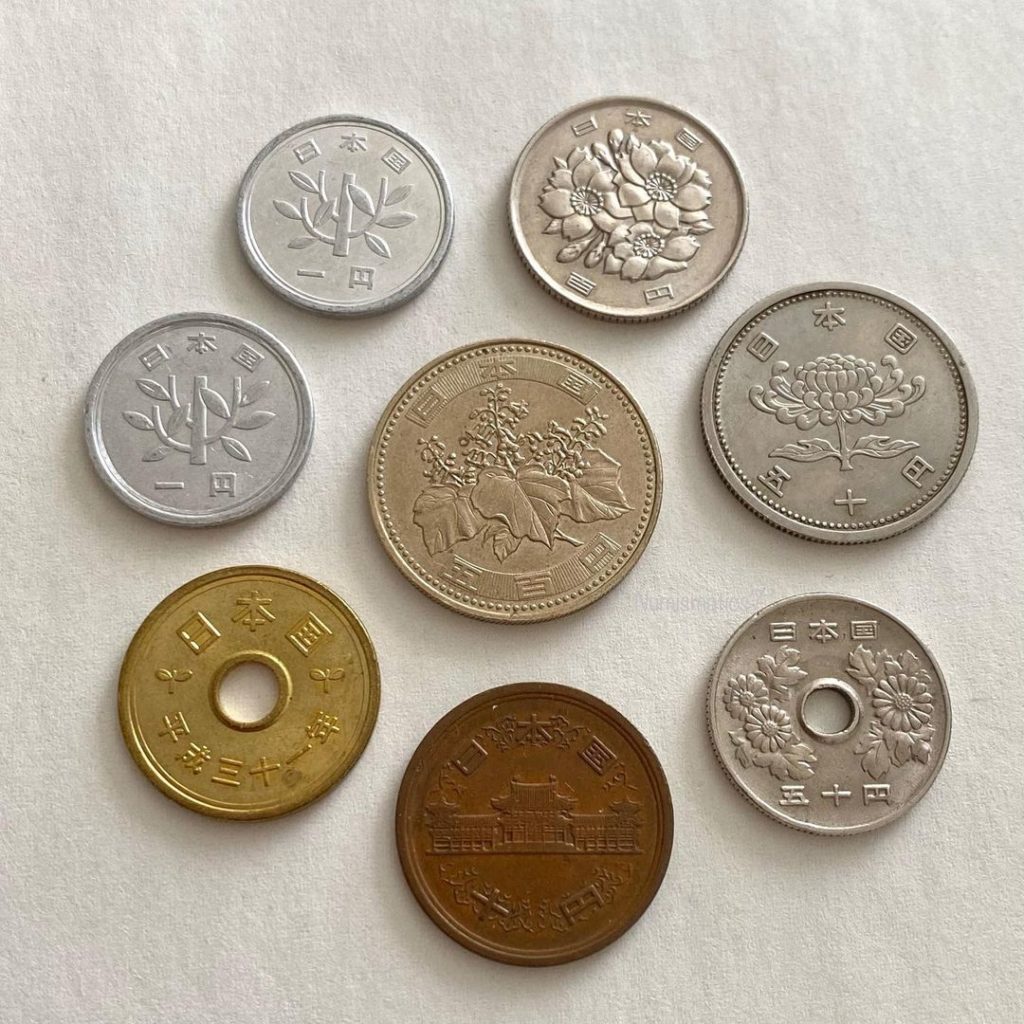
Image credit: @numismatics7
In Japan, coins come in numerous denominations: ¥1, ¥5, ¥10, ¥50, ¥100, and ¥500. If it’s your first time in Japan, you might have difficulties identifying the different coins and thus avoid using it all together.
Bills are the preferred choice when you don’t want to fuss around with coins, but the change you receive can quickly add up to a hefty sum and weight in your wallet. To help you keep track of the coins you have, we recommend bringing along an extra coin pouch to store the small change.
To get rid of your coins, you can use them when you are paying for train tickets or depositing money into your transportation cards at kiosks. Vending machines are also great places to spend your coins.
3. Learn some basic Japanese phrases
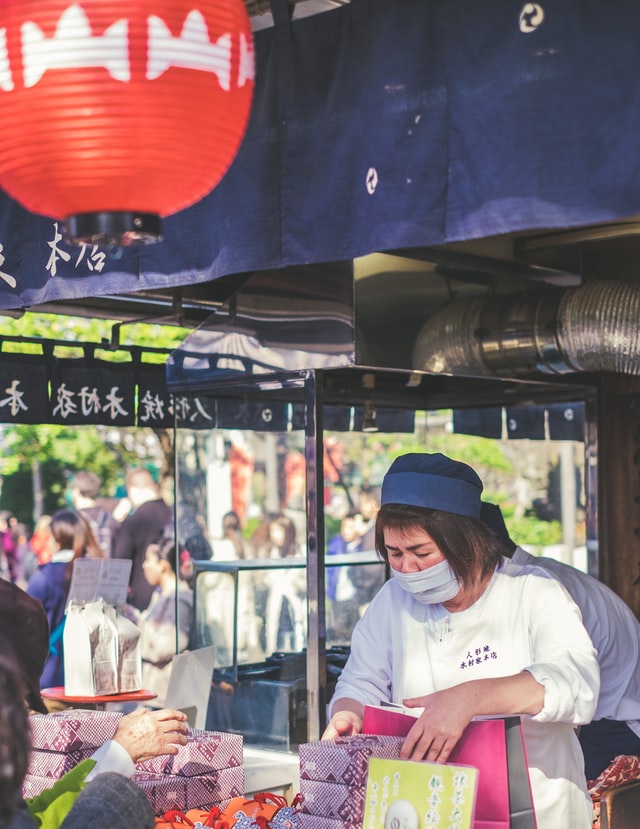
Image credit: Jérémy Stenuit
One of the most common questions asked by first-time visitors is probably how much Japanese they’d need to know before they fly off to Japan. Generally, if you’re travelling to major cities such as Tokyo and Osaka, you’d be able to get by just fine with hand gestures, without speaking a lick of Japanese.
Most train stations and popular tourist sites have English signs, so you’d be able to get around despite the language barrier. However, if you’re planning to visit less well-known prefectures and cities, or even hidden gems that only locals are privy to, you will need to pick up some basic Japanese.
Here are some essential Japanese expressions and basic food phrases to bear in mind. It’d also be useful to know how to read some basic Japanese, particularly hiragana and katakana.
4. Get a transportation card
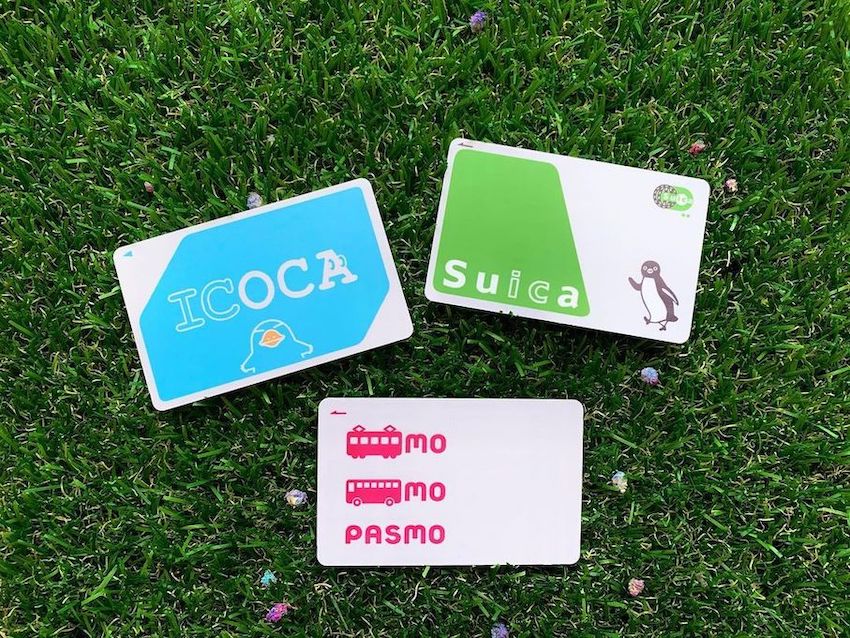
Image credit: @shroompytech
If you’re not planning to purchase any rail passes, you might want to get your hands on a prepaid IC card. Prepaid IC cards are reloadable cards that can be used across different modes of public transportation, such as buses and trains. It saves you the hassle of purchasing individual tickets each time you commute.
The most common ones are Icoca, Suica, and Pasmo. You can purchase Icoca in the Kansai region, and Suica and Pasmo in Tokyo. These cards can be used across Japan, so it’s convenient for those who are planning to visit several prefectures.
A ¥500 (~USD4.78) deposit is required to purchase the card, but you can get the fee back by returning the used card to a ticket office before you leave Japan. To use them, simply load the card with cash – the locals call it “charging” the cards – at train stations or convenience stores.
5. Access to free drinking water
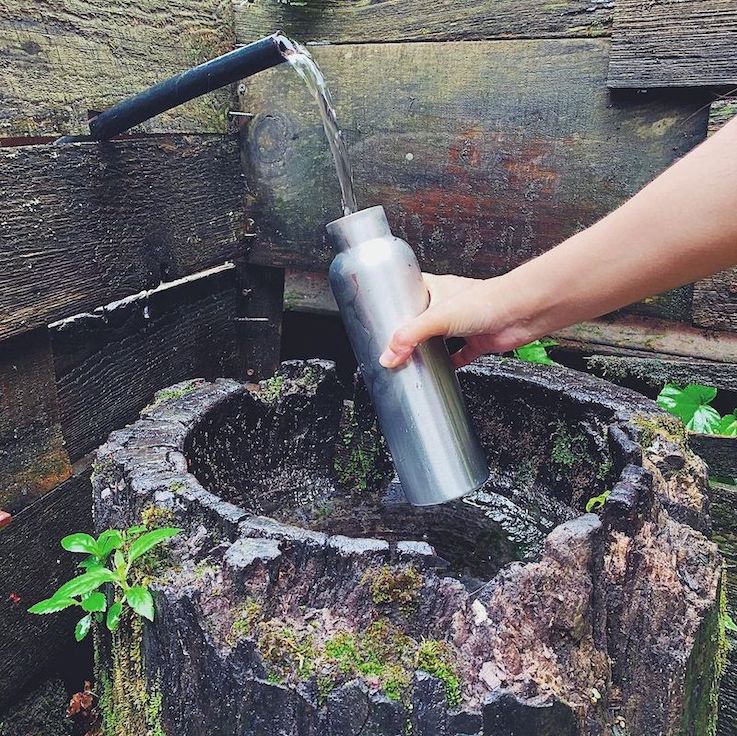
Spring water source in Okutama City
Image credit: @mymizu.co
With vending machines in every corner of Japan, staying hydrated while travelling isn’t difficult. But if you prefer to avoid single-use plastic in the name of sustainability, or are on a budget, bringing your own reusable bottle is the way to go.
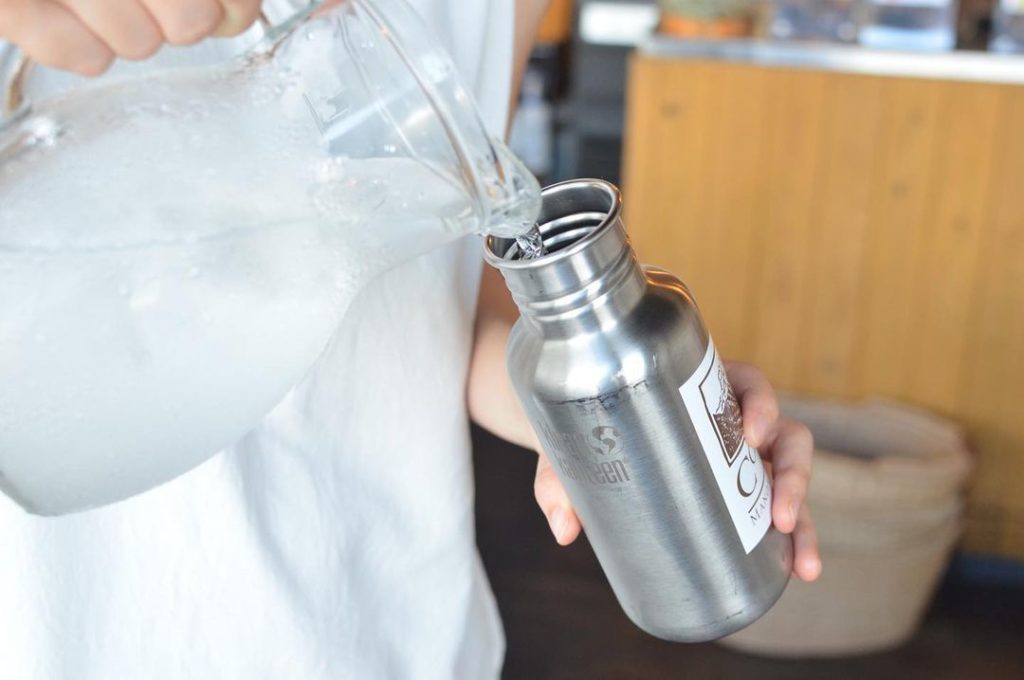
Image credit: @vegout_kyoto
To access free clean drinking water, download MyMizu, an app that locates your nearest free water refill spot. Places include water fountains in gardens and public spaces, as well as eco-friendly cafes who’ve partnered with the Japanese start-up to provide water refill services.
You can also access free drinking water by visiting a MUJI branch. In July 2020, the lifestyle brand announced that they installed water dispensers at 113 outlets nationwide, free for public use.
6. Deposit your luggage in coin lockers
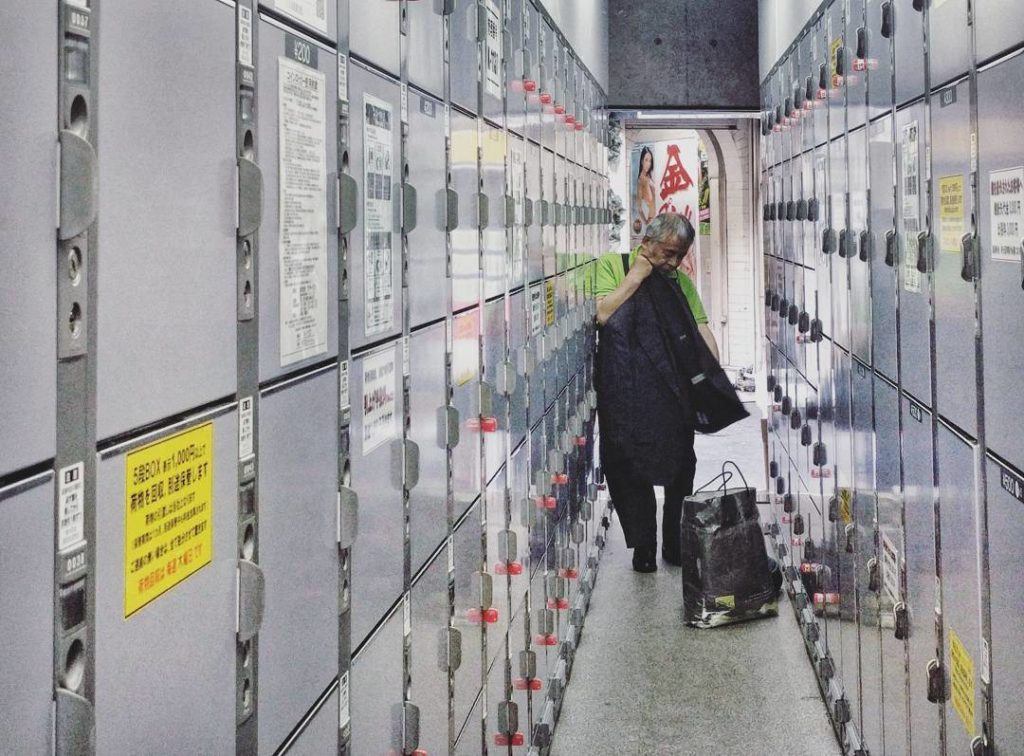
Image credit: @chicapaya
Depending on your flight itinerary, you may arrive in Japan in the wee hours. Check-in time for hotels and homestays typically starts at 3PM, which means you’ll have a couple of hours to kill in between. To make full use of your time, deposit your bulky luggage in coin lockers, which can be found at most train stations and airports.
The fees for these handy storage spaces vary by size, so take your pick between small (¥300, ~USD2.87), medium (¥500, ~USD4.78), and large (¥800- ¥1,000, ~USD7.65- USD9.56). Alternatively, you can head over to your hotel and complete the necessary check-in procedures first. Most accommodations offer free luggage storage services, so leave your luggage there and return when your room is ready.
7. Types of accommodation you can choose from

Capsule hotel
Image credit: @renankamizi
In order to decide on the type of accommodation to settle for, you’d first have to decide how much you’re willing to spend on a night’s stay. For those who are on a budget and just need a place to sleep, capsule hotels are a great money-saving option. They typically cost around ¥3,000 (~USD28.68) per night.
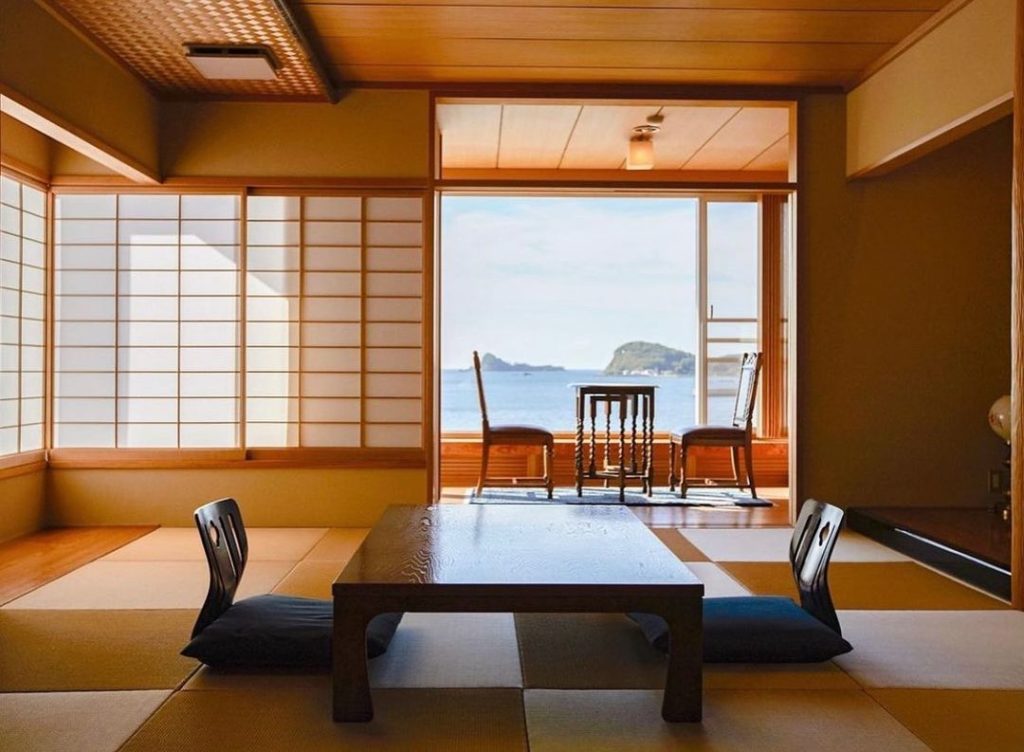
Ryokan
Image credit: @kairi_iki
But if you don’t mind shelling out for a unique localised experience, opt for a stay at a ryokan (traditional inn). Equipped with added amenities such as onsen, these Japanese-style accommodations can cost upwards of ¥10,000 (~USD95.62) onwards per head per night.
Other popular types of accommodation include standard hotels and homestays, which average between ¥5,000- ¥8,000 (~USD47.80- USD76.49) per person for 1 night.
8. Periods to avoid
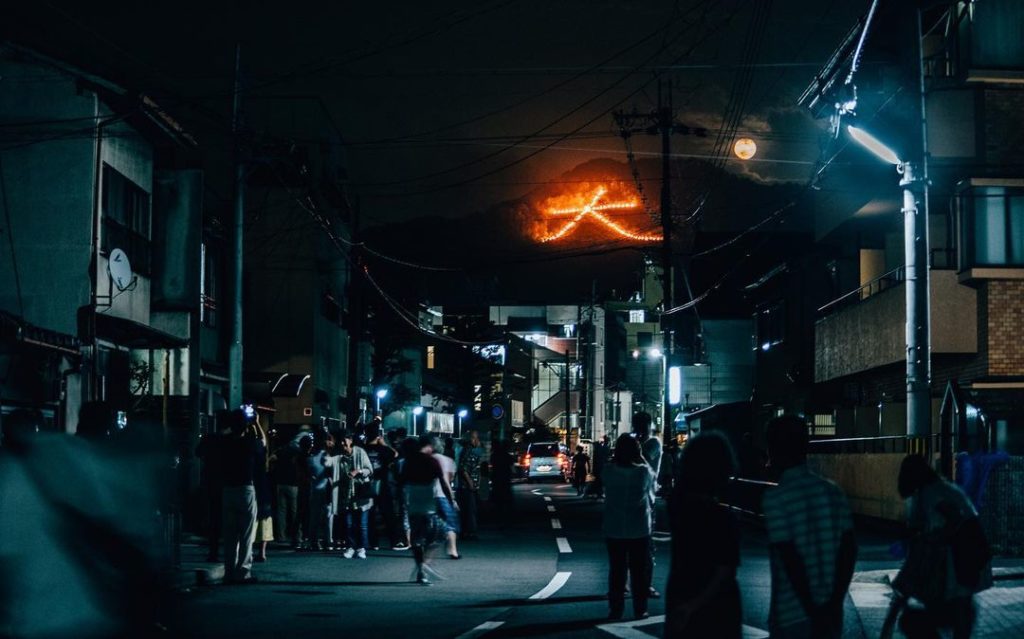
Image credit: @yk_yihan4
Thanks to stunning seasonal views, the cherry blossom season, autumn, and winter are popular times to visit the country. But if squeezing with hordes of tourists doesn’t sound like your cup of tea, you might want to consider avoiding these periods altogether.
Besides the said peak travel seasons, you should also avoid going to Japan during their national holidays. Golden Week, a week-long Japanese holiday that lasts from the end of April till the start of May, sees a spike in domestic tourism. Obon (お盆), an annual Buddhist holiday that commemorates the spirits of the dead, takes place in mid-August.
To avoid the wet-weather period, take note of Japan’s rainy season, or 梅雨 (tsuyu), which usually lasts from June through early July. All in all, for an optimal travel experience sans the crowd, we recommend visiting Japan in February, March, or September.
9. Be on time
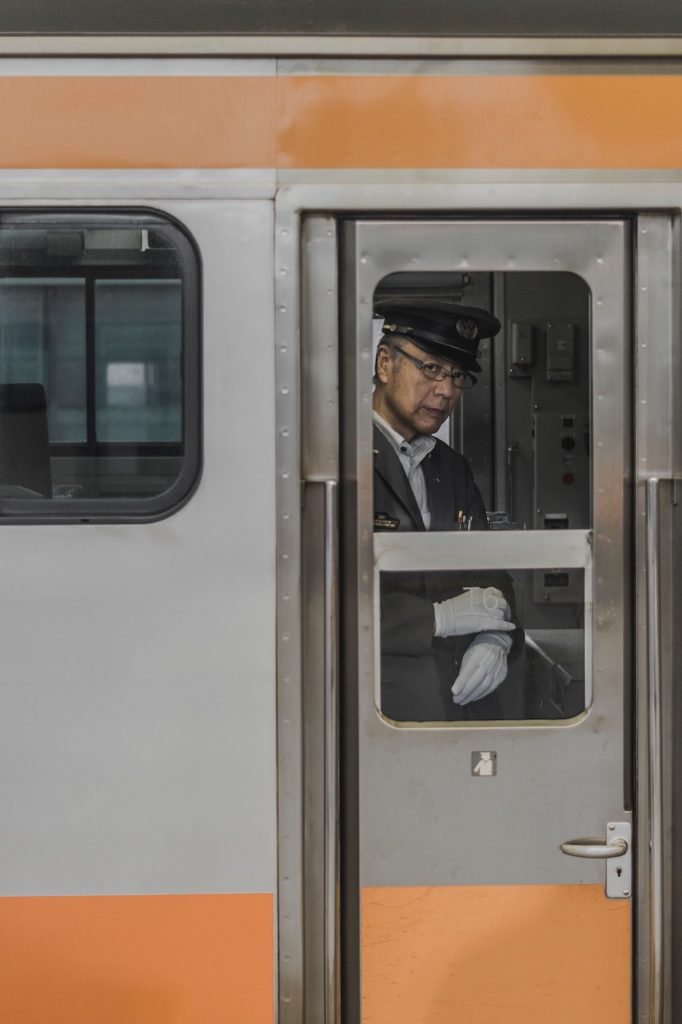
Image credit: bantersnaps
If there’s one thing you should know about commuting in Japan, it’s that trains, subways, and buses are punctual. We’re talking down to the second, on the dot departure and arrival. So if you have a tight schedule, we’d recommend getting to stations at least 5 minutes early, lest you miss your ride. For more hacks and tips, check out our detailed guide to public transportation in Japan.
Japan travel tips you should know
Now that you’ve got all the information down pat and know what to expect in Japan, go forth and have a blast in the Land of the Rising Sun. If you find our guide useful, make sure to share this article with your friends and family. Enjoy your trip!
For more articles on travelling in Japan, check these out:
- Everyday mysteries in Japan
- Things to do in Japan in summer
- Acts of Japanese hospitality
- Strange Japanese laws to look out for
- Japanese shopping etiquette
Cover image adapted from (clockwise from top left): Beth Macdonald, @vegout_kyoto, @kairi_iki and @shroompytech
